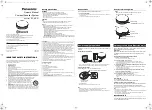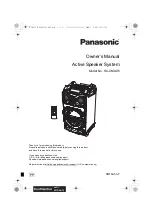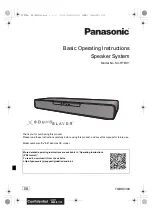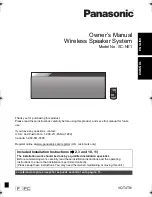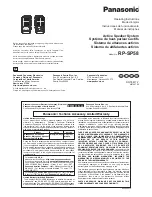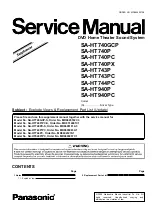
Master Audio
Xcellence Line Array Series. Ver 1.3
Feb 11
4
d<=
/2
It is not difficult to fulfil this first condition for the low and mid frequencies. For example,
two 7" loudspeakers that are separated by 17 cm will reproduce a cylindrical wave up
to 1015 Hz.
This condition is difficult to be fulfilled for the high frequencies, as their wavelengths
are too small to make the adjacent acoustic centres any smaller than
/2. Here comes
the second "arrayability" criterion.
2) The wavefronts generated by the individual sources are planar and the combined
surface area of the sources fills at least 80% of the total target surface area:
H
1
·W + H
2
·W+.....+H
n
·W >=0.8·H·W
This is achieved by using waveguides, which are coupled to the compression drivers
output. We achieve flat wavefronts with a constant phase. By vertically assembling
these waveguides we fulfil the second criterion of line array construction.
Fig.2.
Second criterion of "arrayability"
3) The deviation from a flat wavefront must be less than λ/4 at the highest operating
frequency (this corresponds to less than 5 mm curvature at 16kHz).
This third condition can be explained through our property waveguide. Thanks to some
complex mathematical calculations we have obtained a component which is able to
adapt the circular section of the compression driver to a rectangular section, getting
on-phase waves at the end of the guide. This flat wavefront is ideal for vertical
configurations.




















